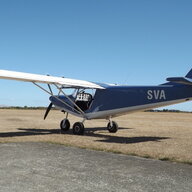-
Posts
3,013 -
Joined
-
Last visited
-
Days Won
26

IBob replied to NT5224's topic in Aircraft Building and Design Discussion

IBob replied to NT5224's topic in Aircraft Building and Design Discussion

IBob replied to NT5224's topic in Aircraft Building and Design Discussion

IBob replied to NT5224's topic in Aircraft Building and Design Discussion

IBob replied to NT5224's topic in Aircraft Building and Design Discussion

IBob replied to NT5224's topic in Aircraft Building and Design Discussion

IBob replied to NT5224's topic in Aircraft Building and Design Discussion

IBob replied to NT5224's topic in Aircraft Building and Design Discussion

IBob replied to NT5224's topic in Aircraft Building and Design Discussion

IBob replied to NT5224's topic in Aircraft Building and Design Discussion

IBob replied to Marty_d's topic in US/Canada General Discussion

IBob replied to FlyBoy1960's topic in AUS/NZ General Discussion

IBob replied to Garfly's topic in AUS/NZ General Discussion

IBob replied to Garfly's topic in AUS/NZ General Discussion

IBob replied to Garfly's topic in AUS/NZ General Discussion

IBob replied to Garfly's topic in AUS/NZ General Discussion

